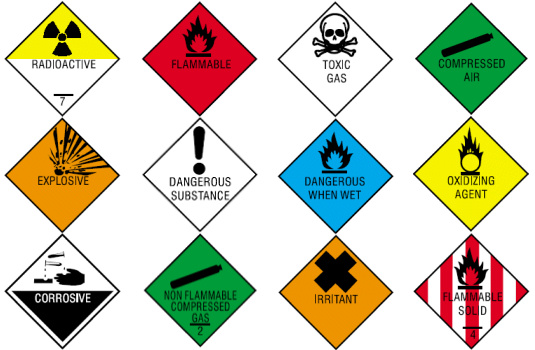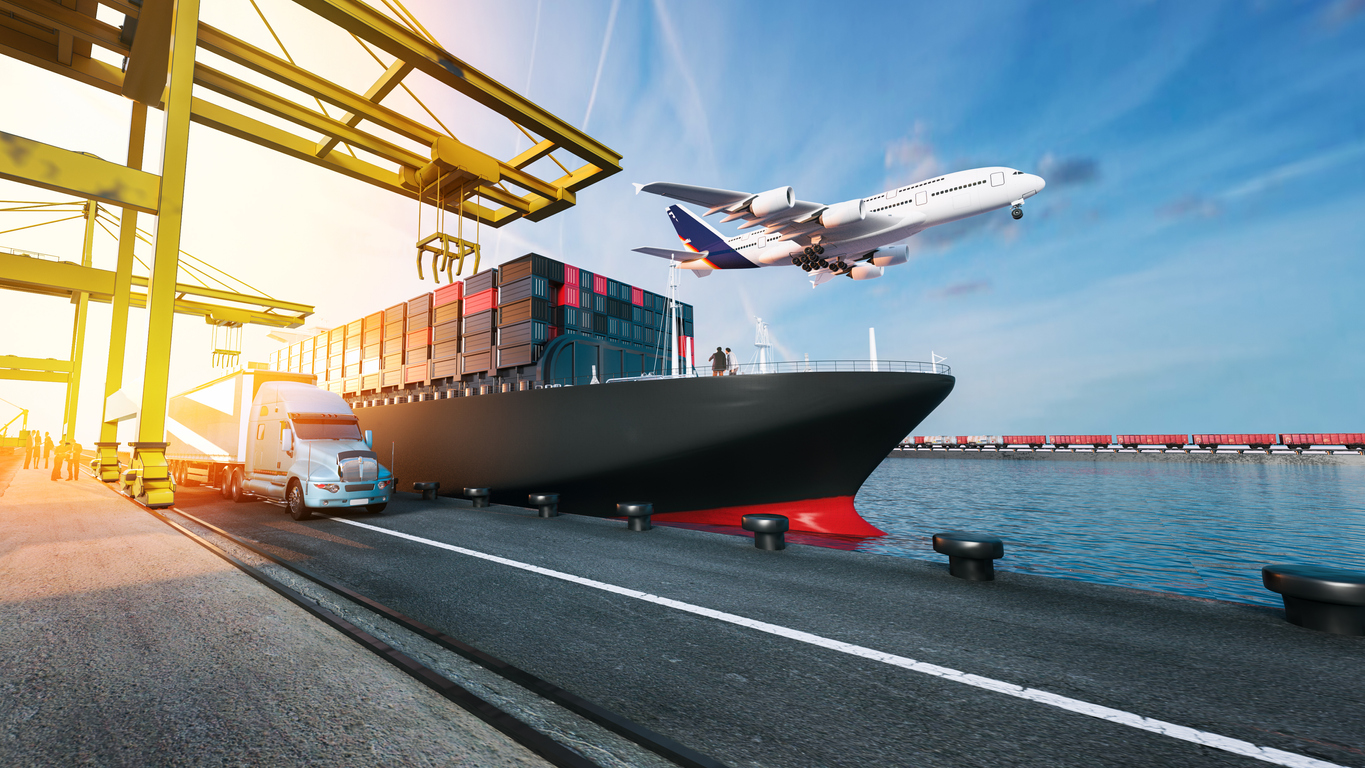The latest Industry News
1. General
Dangerous goods must be packed and labelled for shipping in compliance with the regulations in effect. These also refer to the training required for their handling.
Training
A dangerous goods safety adviser (DGSA) may be required.
Packaging and labelling
Dangerous goods are subject to specific packaging and labelling regulations. The requirements will be provided by the DGSA.
2. Classes of dangerous goods
There are several classes of dangerous goods, each subject to specific packaging and transport regulations. It should be noted that the regulations are less strict in the case of dangerous goods to be shipped in limited quantities. The classification is the following:
Explosive substances and items fall under Class 1;
Flammable gases fall under Class 2.1;
Non-flammable gases, non-toxic gases presenting a high risk of asphyxiation, oxidisers fall under Class 2.2;
Toxic gases fall under Class 2.3;
Flammable fluids fall under Class 3;
Flammable solids, desensitised explosives in solid state and self-reactive substances fall under Class 4.1;
Spontaneous combustion substances fall under Class 4.2;
Substances producing flammable gases upon mixture with water fall under Class 4.3;
Oxidising substances fall under Class 5.1;
Organic peroxides fall under Class 5.2;
Toxic substances fall under Class 6.1;
Substances with a high risk of infection fall under Class 6.2;
Radioactive materials fall under Class 7;
Substances liable to corrosion fall under Class 8;
Miscellaneous substances and items fall under Class 9.
It is the consignor's responsibility to classify, pack and mark the dangerous goods to be shipped correctly.
Provisions on clinical waste
Only registered waste carriers are allowed to ship clinical waste. Additional information on the packaging and labelling of containers carrying clinical waste is available at the Health and Safety Executive (HSE) site.
3. Packaging
Certification for the packaging of dangerous goods and a number of bulk containers is provided by the Vehicle Certification Agency (VCA). The supplier must provide the following prior to your order of any packaging:
"¢ The certificate in copy;
"¢ Datasheets on the proper use of the packaging;
"¢ Test reports for the chosen packaging, if any.
Packaging suppliers can find additional information at the VCA website.
You can seek assistance on the packaging of dangerous goods with the VCA office from Monday to Friday between 9 am and 5 pm or on the phone at 01372 226111.
4. Provisions on the dangerous goods safety adviser
A dangerous goods safety adviser (DGSA) is normally required for transporting dangerous goods. However, it is not required if:
"¢ Shipping is occasional;
"¢ You are the consignee;
"¢ They are shipped in limited quantities;
"¢ Shipping is done over a very short distance by road;
"¢ Shipping is done using private vehicles.
A DGSA also requires training. Additional information can be found in Annex 3 of the ADR available at the Department for Transport website.
A DGSA should be used for the international transport of dangerous goods.
The appointment of a DGSA
Your DGSA can be either a member of your staff or a company specialising in providing assistance on dangerous goods safety advice.
Details on the appointment of a DGSA are available with the Department for Transport.
If you have any questions regarding our services,
tracking your parcel or advice, we're here


